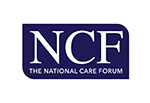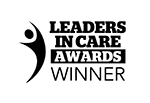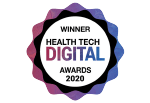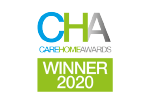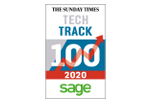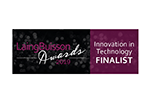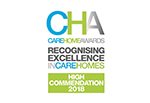Co-founder and director of Person Centred Software, Jonathan Papworth is featured in the March 2019 edition of Care Home Professional. The issue features Jonathan on the front cover and in the six page 'The Big Interview'.
The interview covers the growth of Person Centred Software in the last five years and includes:
Designing an electronic care planning system
"There’s loads of electronic care planning products out there but nothing works for carers. If you wanted to use an electronic evidence of care system you had to walk back to the computer. People don’t do that. We created the first, and in many respects, still the only fully mobile, easy to use, fit for purpose, evidence of care system,” Jonathan said.
“Everyone was thinking that to go digital, a computer was the answer. But we take people from using paper to evidencing care using a digital system that is mobile. Remember, carers don’t sit at a desk using a desktop computer.
“If you’re not evidencing care on the go, how can you remember everything you did at the end of the shift? You only remember the big things. You don’t remember the little things like the cup of tea, the sit down for a chat, reading a prayer when they’re feeling anxious. But it’s the little things that make a life. If you are elderly, the most important thing is quality of life, which means enjoyment and to be happy.”
Supporting care staff with a staff-centred system
The easy-to-use, icon-based interface of the system developed in 2012 was born out of Jonathan’s aim to create a system that was universal, which anyone could use.
“It’s no good if you have a system that 20% of carers use,” Jonathan said. “You don’t have holistic care until it works for 100% of people, including all ages and those who don’t speak English as a first language.”
In a radical move that dispensed with the need to write lengthy care notes, the system is designed so that 95% of care can be evidenced simply by pressing picture icons. As a result, Jonathan is proud that Mobile Care Monitoring saves every carer an hour per shift that was previously spent on paperwork.
Relatives Gateway
“The system not only dispels families’ fears about care homes but keeps them much more connected to their family member’s new stage of life during the transition to living in care,” Jonathan said.
“The Relatives Gateway also gives value back to carers too, since it shows and recognises everything that they do, from major activities to the smallest acts of kindness.”
The use of data in residential social care
“We are not trying to remove people from the equation, we are just trying to take the mind-numbing burden of paperwork away from carers. We know that data combined with artificial intelligence can come up with other solutions, but I am not yet convinced that they can be effective because people are more complex than computers realise. The last thing I would want to lose is those personal interactions.” Jonathan said.
The software company stores over 50 million additional care notes a month, and is working with several universities on research projects using big data analysis of routinely collected information by carers to identify patterns that predict development of malnutrition and dehydration. This will lead to simple early interventions to prevent entirely avoidable causes of death in vulnerable care home residents.

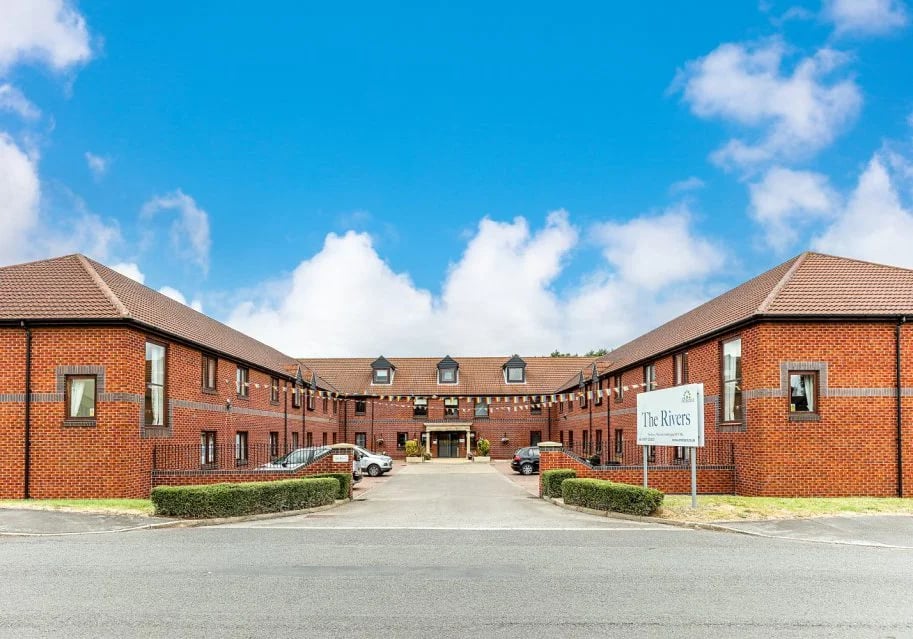
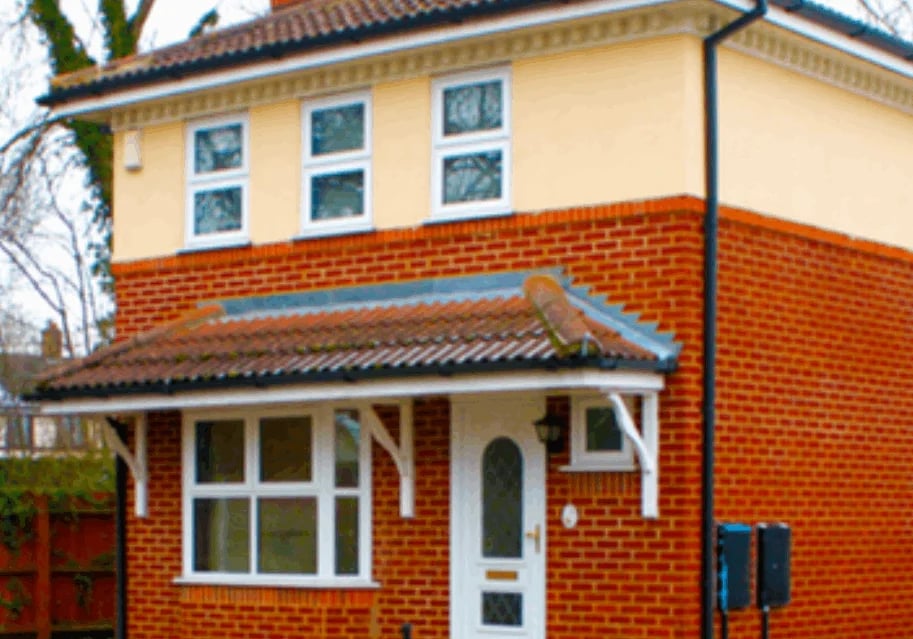
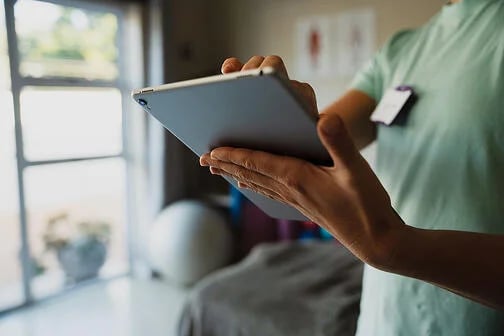
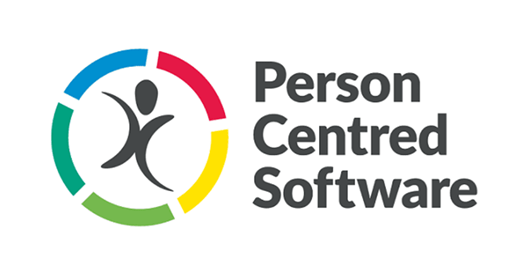


.webp?width=80&height=80&name=HTD%20Awards%202023%20Badge%20(4).webp)




